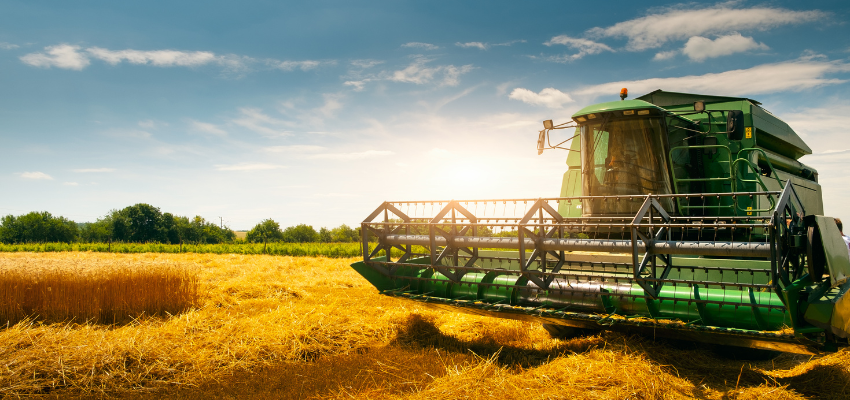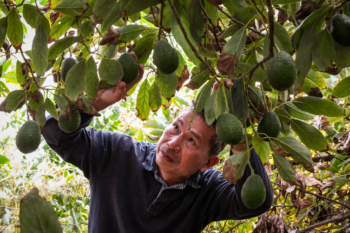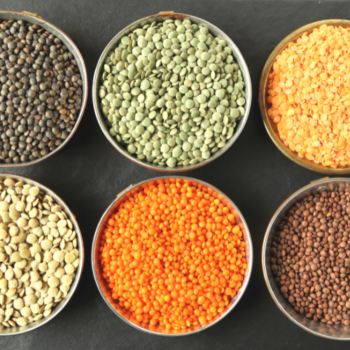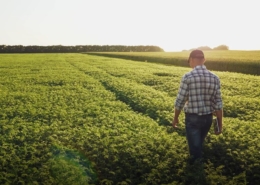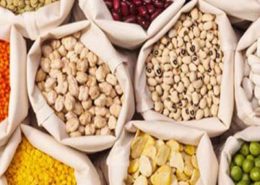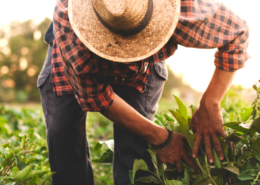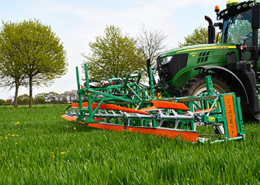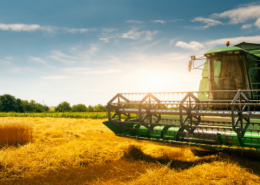Field Crops
Field crops are an important part of the U.S. agricultural landscape in both organic and conventional systems. They are broadly comprised of grains (wheat, barley, corn, rice, sorghum, rye and oats), dry legumes (pulses such as dry green/yellow peas, lentils, chickpeas and beans), oilseeds (canola, safflower, camelina, soybeans, and flax), fiber crops (industrial hemp, cotton, and flax), and hay.
Generally, field crops are annual crops rather than perennial crops, and this definition distinguishes them from horticultural crops that can also be grown on a field scale, such as fruits, vegetables, tree nuts, nursery crops, and floricultural crops.
Many conventional field crop production systems cause environmental damage and soil degradation, including saline seep, crop damage from chemicals originally applied to glyphosate ready crops, and increased soil acidification. Partly caused by monocultures such as wheat-fallow-wheat systems, this damage can be reversed by incorporating, oilseeds and pulses into these crop rotations
Field crops integrated with cover crops, green manures, more sustainable production practices and more complex crop rotations, have the potential to improve soil health and sequester more carbon on a vast scale, due to the acreages of crops grown. Organic field cropping systems and more progressive sustainable systems make full use of cover crops, green manures, oilseeds, pulse crops (dry legumes) and where possible livestock integration to graze down cover crops and crop residues.
The practical ATTRA resources in this section will help you learn how to successfully adopt sustainable farming methods or organic production strategies for field crops, including soil and weed management options, and tilling and planting methods, that can make traditional field crop production more sustainable and economically viable.
Related Topics
Staff Expert


